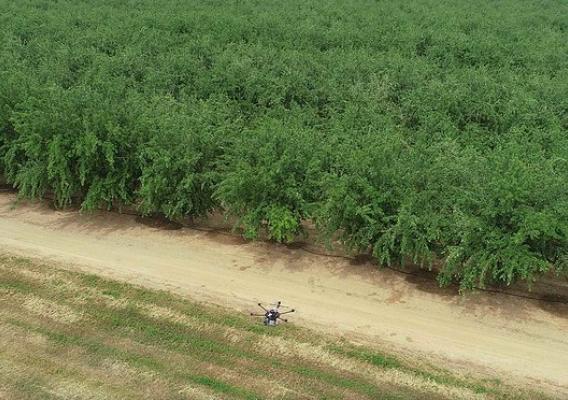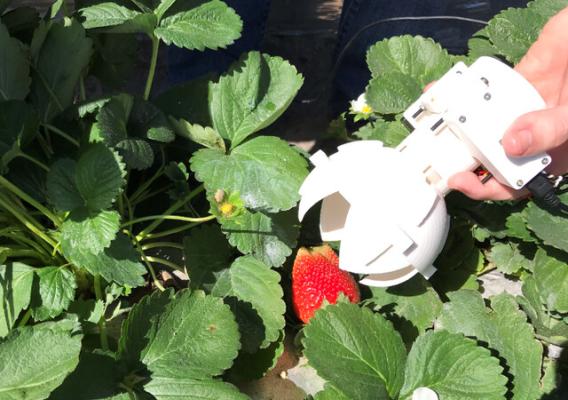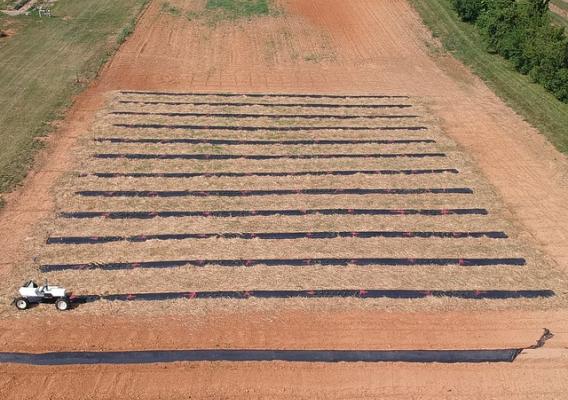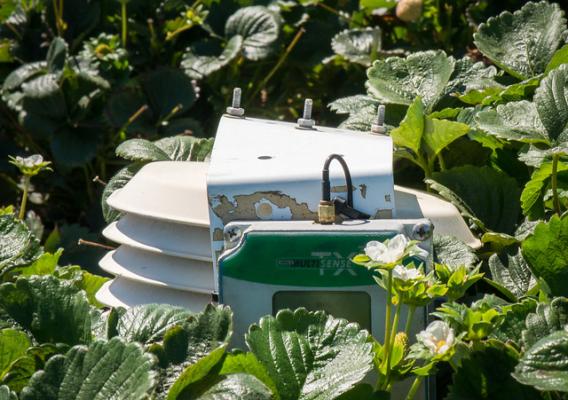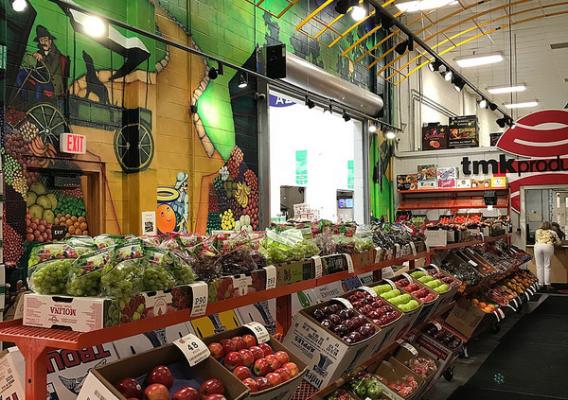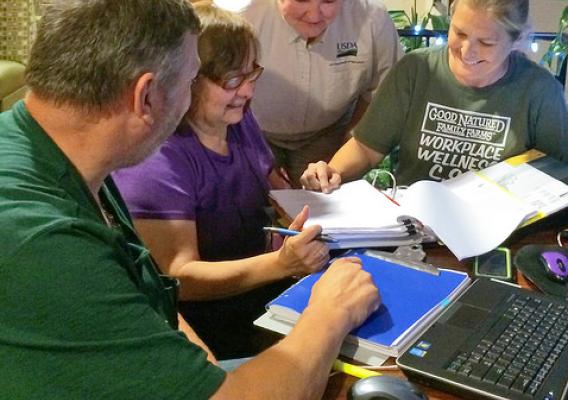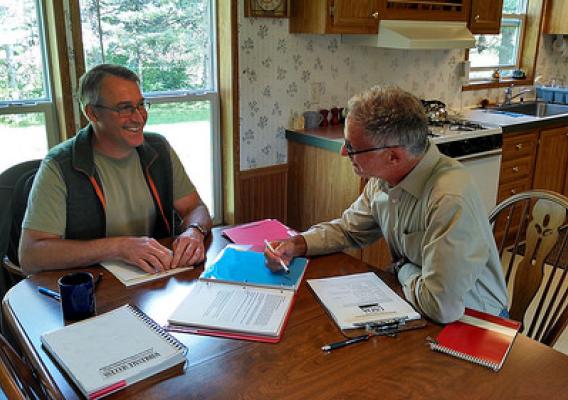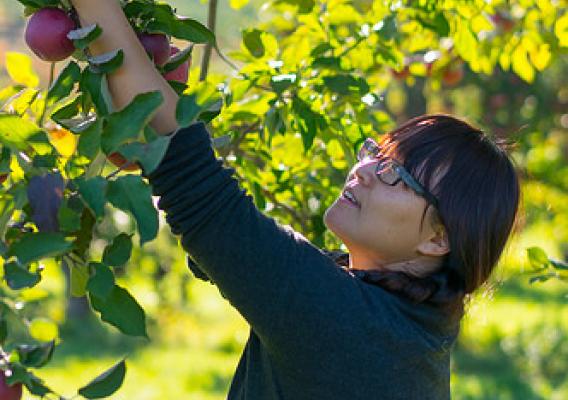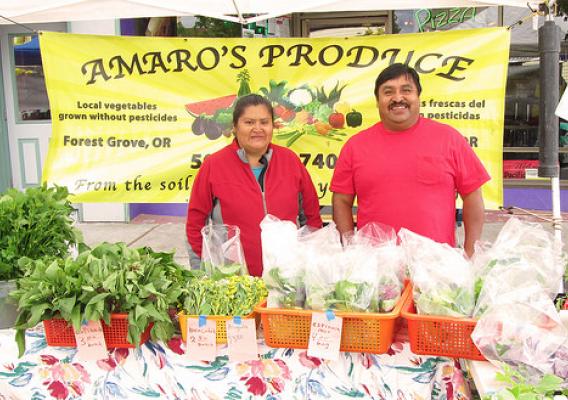For more than four generations, Amish farmers in the Kansas City area have abided by a simple tenet: farm sustainably and care for the earth to preserve their way of life for future generations. Good Natured Family Farms (GNFF), a cooperative of 18 Amish family farms in Missouri, is using GroupGAP, a new USDA audit program, to help them safeguard their future by building strong markets for the high-quality, local foods they produce. In August, the group made USDA history as the first to receive an official USDA Good Agricultural Practices (GAP) certification through our new GroupGAP program.
Since 2002, the Agricultural Marketing Service (AMS) has provided the traditional USDA GAP audit program to the fruit and vegetable industry. GAP is a voluntary program that verifies its participants follow U.S. Food and Drug Administration (FDA) guidelines and industry best practices to minimize risks of food safety hazards when producing, handling, and storing fruits, vegetables, and other specialty crops. In 2016, AMS conducted nearly 4,000 traditional GAP audits.


